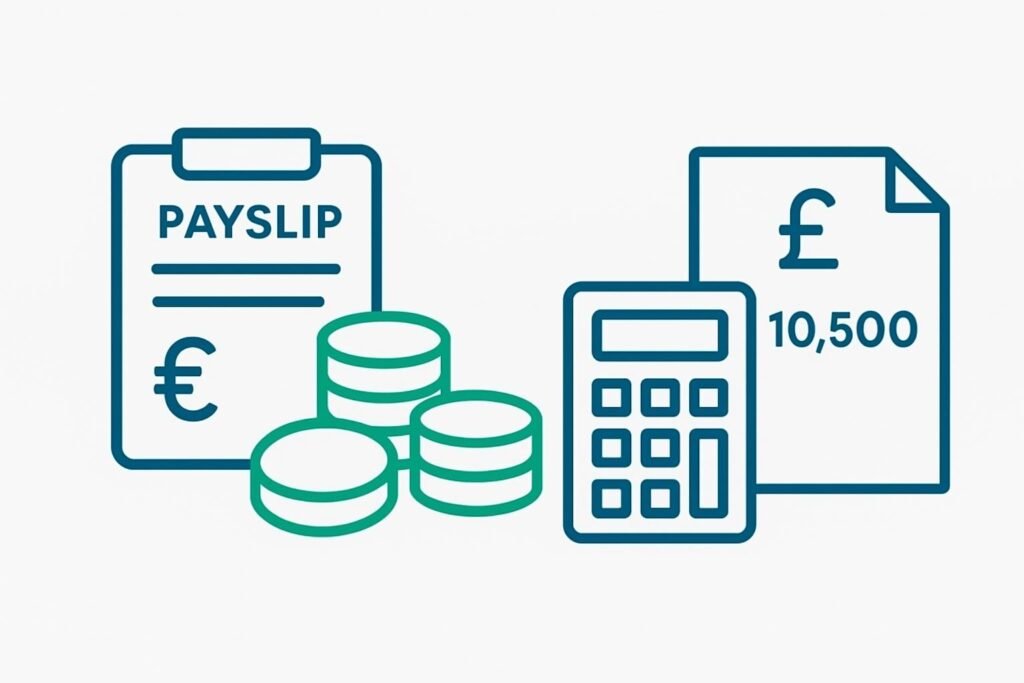
Thanks to the Employment Allowance, if you have employees, your business may be eligible to offset up to £10,500 of employers’ National Insurance Contributions from HMRC each year.
The Employment Allowance rises from £5,000 to £10,500 from April 2025.
This guide has been updated for the 2025-26 tax year
What is the Employment Allowance?
The Government set up the EA scheme in April 2014, encouraging businesses to hire more employees.
Under the scheme, eligible businesses can reduce their annual Class 1 employers’ NIC bill by up to £10,500 in 2025/26.
The original limit was £2,000, before it was increased to £3,000 in April 2016, then to £4,000 during the 2020/21 tax year and £5,000 from April 2022. It was increased to £10,500 from April 2025.
Is your small business eligible?
Most businesses can claim the EA – sole traders, partnerships, and limited companies with employees. However, some notable exclusions (such as limited companies with a sole director/employee) apply.
- All businesses can claim the EA during the 2025/26 tax year. Beforehand, it was only available to businesses with a total employers’ NIC bill of £100,000 or less during the previous tax year.
- If you are the director of a limited company and the sole employee earning about the Class 1 National Insurance secondary threshold (£5,000 in 2025/26), you are ineligible to claim.
- You cannot claim the allowance on any contract income your business makes which falls under the IR35 / Off-Payroll rules.
- Significantly, the EA only applies to Class 1 NICs, so the ‘self-employed’ (sole traders and partnerships) can only benefit if they have employees, and incur a Class 1 employers’ NIC liability during any given tax year.
- You can’t claim if 50% or more of your business is carried out in the public sector, or if you’re a public sector body. This exclusion won’t apply if you provide security or cleaning / janitorial services for a public building or computer/IT services for a public sector body.
Read the fine details about eligibility here.
In practice, your business won’t physically reclaim the EA.
Instead, each time you run the payroll, the allowance will be factored into your year-to-date employers’ NIC bill, until the entire £10,500 limit has been reached, or until the end of the current tax year.
An example
For example, if you run a business with three employees, with a combined wage bill of £100,000 in the 2025/26 tax year, your company will be liable for £12,750 in employers’ NICs.
This is 15% of £85,000 (the first £5,000 of each employee’s wages are not subject to NI).
Thanks to the EA, the first £10,500 is offset, and the total employers’ NIC bill for the year will be £2,250 – a significant saving.
Further things to bear in mind
- The £10,500 limit applies to each business, not to each employee!
- The EA only applies to Employers’ NICs, not Employees’ NICs (which are collected by employers on behalf of their employees).
- Your business can claim the Allowance at any time during the tax year.
- During any tax year, if your business no longer meets the eligibility criteria, you must inform HMRC and return any overclaimed EA funds.

